Arunachal Pradesh is famous for its pristine Ziro valley which is a hidden wonderland- quite literally!
This is a small backpacking guide on how to get there, what to see and some must-do things in Ziro valley.
Firstly, not many even in India knew about it until recently. It is surrounded by pretty hills on all sides, hiding it from the entire world and third, it took me 3 flights i.e. Mumbai to Delhi to Bagdogra to Guwahati.
I took my trusted Explorer bag along which is ideally the best backpack for trips.
A 10-hour night bus journey to Itanagar- the state capital and another 4-hour ride by a shared a Sumo on bad roads to reach Ziro. Phew!!

But as soon as I reached Ziro valley, I just forgot about all the fatigue caused due to these continuous travels.
Pretty hamlets, terraced paddy fields, lush green bamboo groves, surrounding emerald hills… I can go on and on… Ziro totally blew my mind away at the first look!
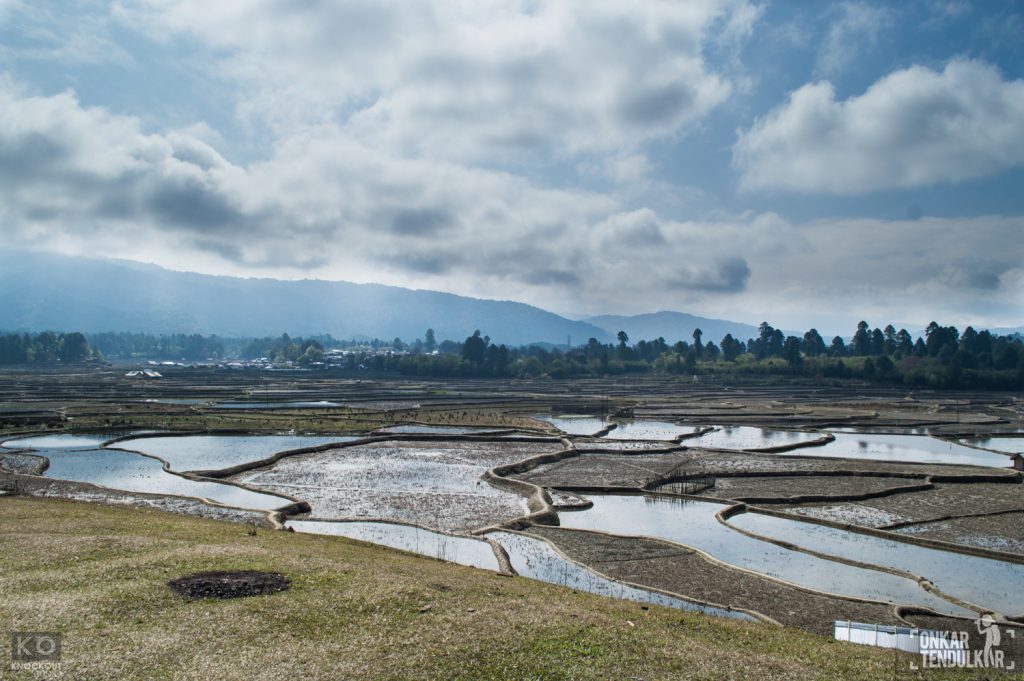
Kile Pakho
Ziro valley is not the place for a conventional ‘tourist’. But there is a lot to explore if one loves nature and is interested in the rich tribal culture of the NorthEast.
All the villages here turn into living museums during the Apatani festivals of Morung (in January), Myoko (20th to 25th March- main ritual period, but continues till 20th April) and Dree (5th of July).
What To Do In Ziro Valley?
1. Apatani Culture and Tradition
- This time, I decided to stay with an Apatani family in old Ziro rather than staying in a hotel. It is a great opportunity for travelers to stay with local Apatani tribals and get an absolutely authentic experience of the local food and lifestyle, discuss their culture while sipping Apong.
- It is the rice or millet beer that’s prepared and consumed in almost every Apatani house regularly and its amazing!

Typical Apatani house
- Apatanis have traditionally been pagans, precisely the followers of Sun and Moon. But due to rampant conversions of tribals by foreign missionaries, and organized new faith with age-old traditions was founded in the 1970s.
- It was named Donyi- Polo, meaning Sun and Moon. In the process of resurrecting their indigenous faith, many oral traditions were written down and rituals and practices were documented.
- One can visit a few of such Donyi-Polo temples while driving around Ziro valley.
2. Apatani women
- Something that you possibly can not miss out on while roaming in Ziro valley is the old Apatani ladies with large wooden nose piercings. They are lovingly called ‘Aane’.
- Apatani old ladies wearing huge nose plugs and bearing facial tattoos have always been a subject of curiosity for many.

Apatani Traditions
- This tradition of nose plugs dates back to the times when young and beautiful Apatani ladies used to be kidnapped by men of other nomadic tribes.
- Hence with the intention of making Apatani ladies look less appealing to them, the tradition of ‘Yaping hurlo’ started. Over the years, due to modernization, this practice was abandoned for good in 1970, but the same can be seen in noses of the old ladies who have been wearing them for years.

3. Farming traditions, markets, and temples.
- Apatanis follow a unique practice of paddy and fish farming both in the same field. Every year after the rice crop is harvested, fish seeds are introduced in the paddy field till they grow big and are then sold in the market or used as food by the Apatanis. Definitely, something to see while in Ziro valley.

- Other places of interest in the valley include the pine groves famous for their massive trunks, Tarin high altitude fish seed farm, a naturally formed 25 feet Shivalinga in Kardo forest.
- Kile Pakho- the highest point in Ziro, Donyi-Polo temples in Hija, Hari, Hong, and other Bastis, the twin hillocks near Mani Polyang, cave-like formation of large rocks known as Tai Lampii, underground bunkers created by the Indian Army during wars near Keliya village.

Tai Limpii Caves
- In addition, one can also visit the District Museum in Hapoli (New Ziro) and the Handicraft Emporium for deeper insight into the arts and crafts of Apatanis.
- Hapoli market is another interesting place to see for the unconventional things sold there like rats, dried squirrel, bamboo shoots and other local vegetables.

Absolutely didn’t realize how 2 days passed so fast and it was time to say goodbye to the beautiful Ziro valley.
Apparently, I am not the only one smitten by the awesomeness of Ziro, because, Apatani practices wherein man and nature co-exist harmoniously might soon bestow Ziro with the UNESCO world heritage site tag.
The proposal submitted by India to the UNESCO in 2014 is currently in the tentative list of world heritage sites as ‘Apatani cultural landscape’. Let’s hope that Ziro valley gets this much-deserved honor!
Click here to know more about which backpacks are best to carry for such trips

How to reach Arunachal Pradesh from Delhi-
Train: The railway stations from Ziro are at Naharalagun (100 km) and North Lakhimpur (117 km). Regular Intercity train from Guwahati and once a week one train from New Delhi ply to Naharalagun.





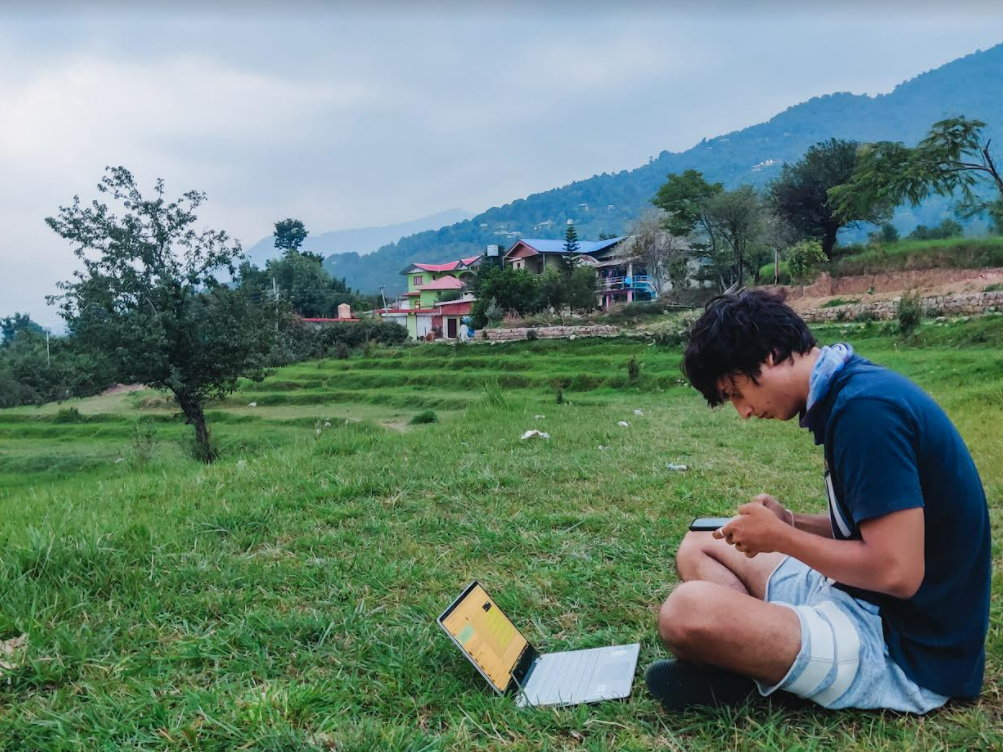
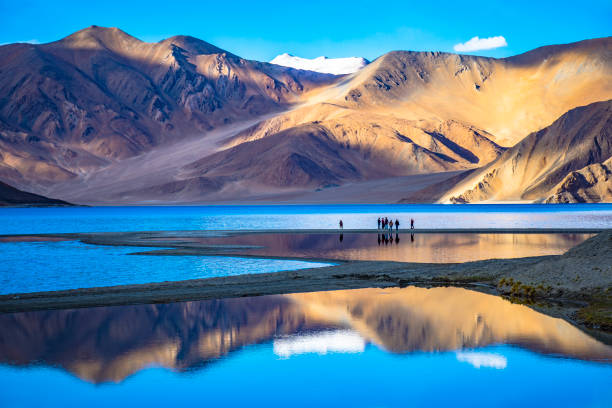
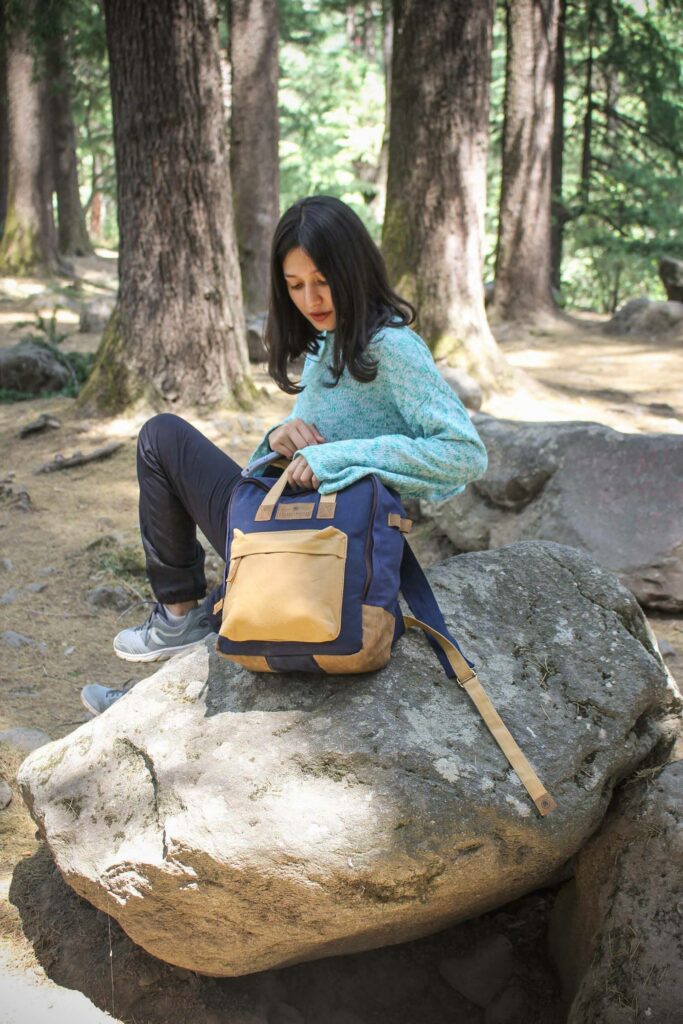


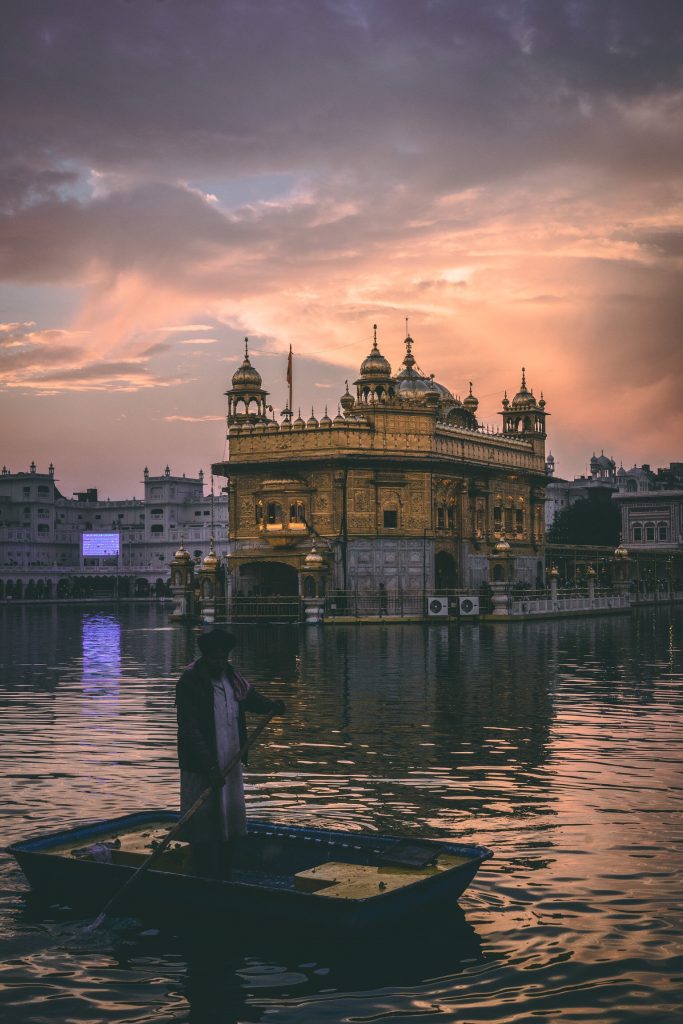

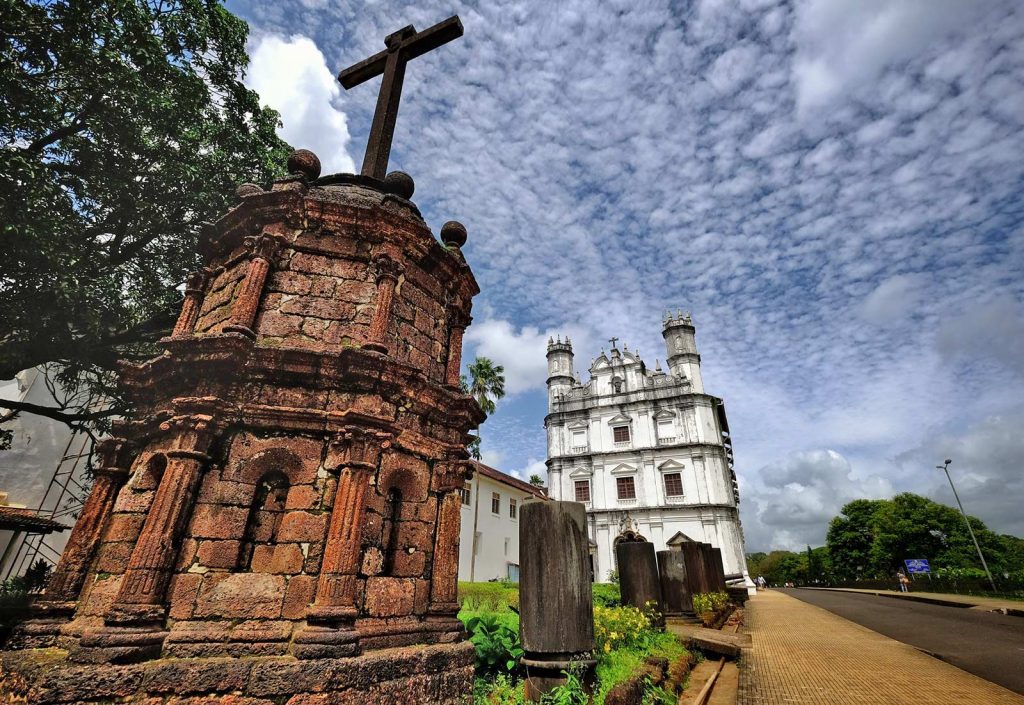


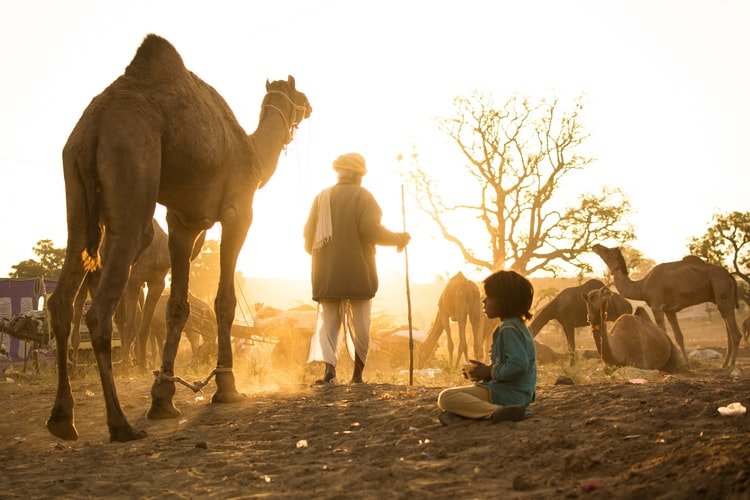
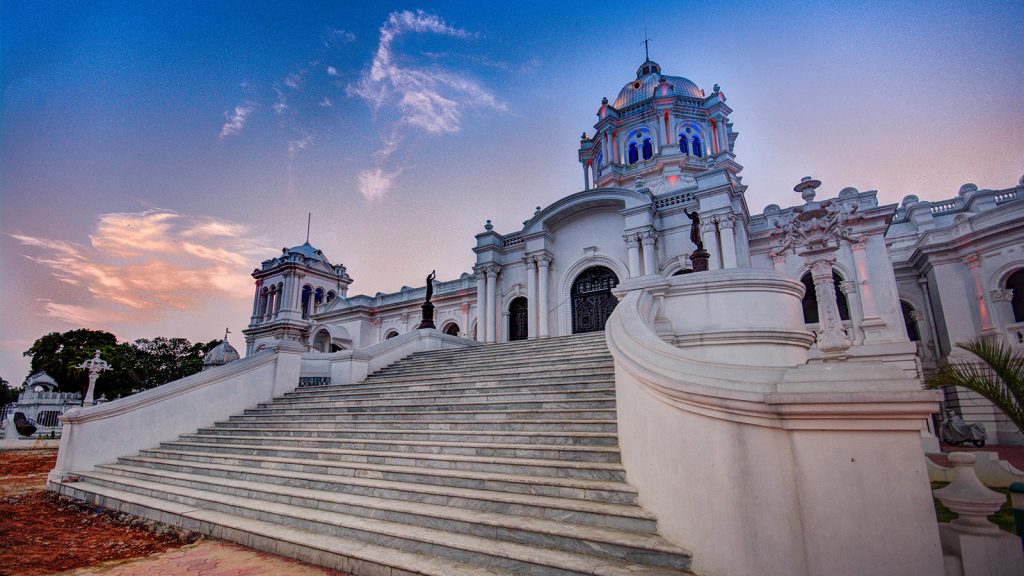

Thank you author. Keep it up.
Nice post author. Thank you.
Thanks for the great article.
Nice Blog!! The content you have shared is very elaborative and informative. Thanks a lot for sharing such a great piece of knowledge with us.
Thanks for such a wonderful blog, the article is very informative!
Beautiful pictures! I love the information that you have shared about Ziro Valley.
Thanks for sharing this useful information.